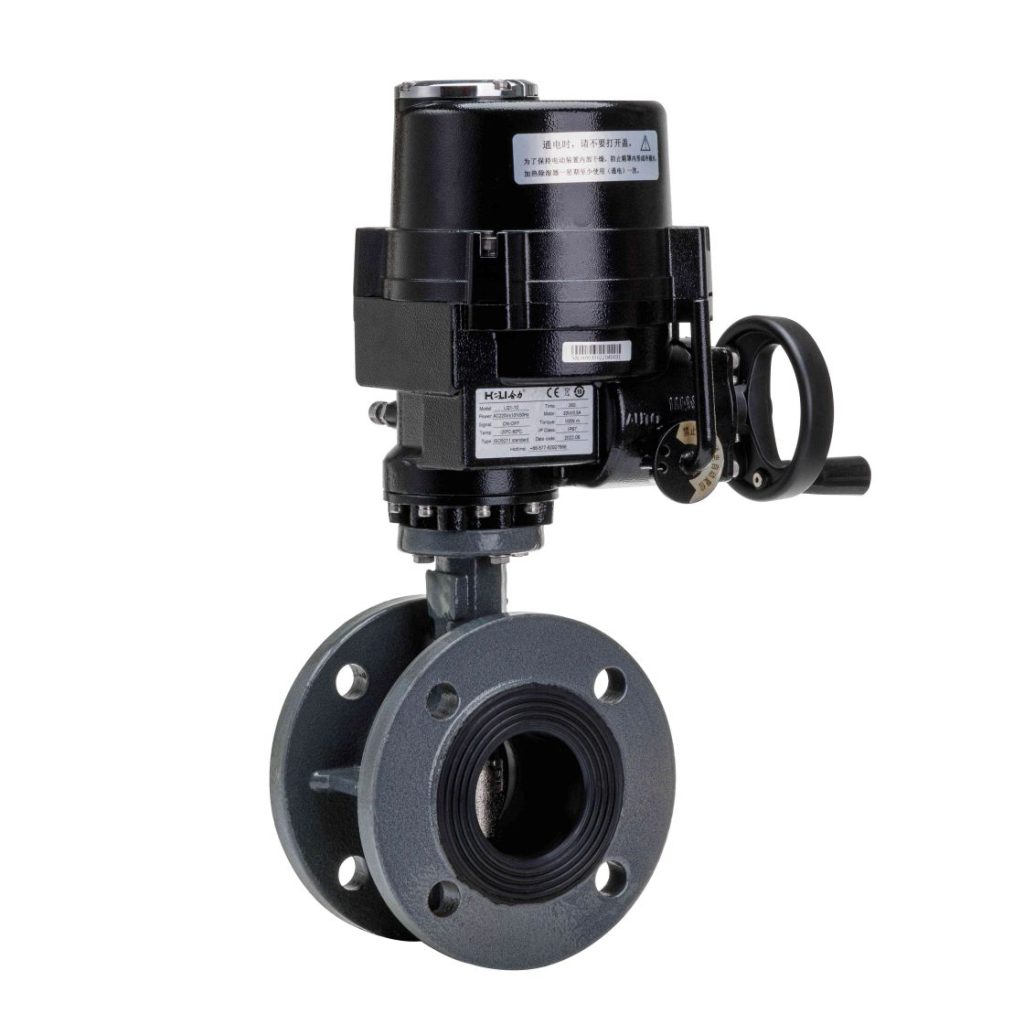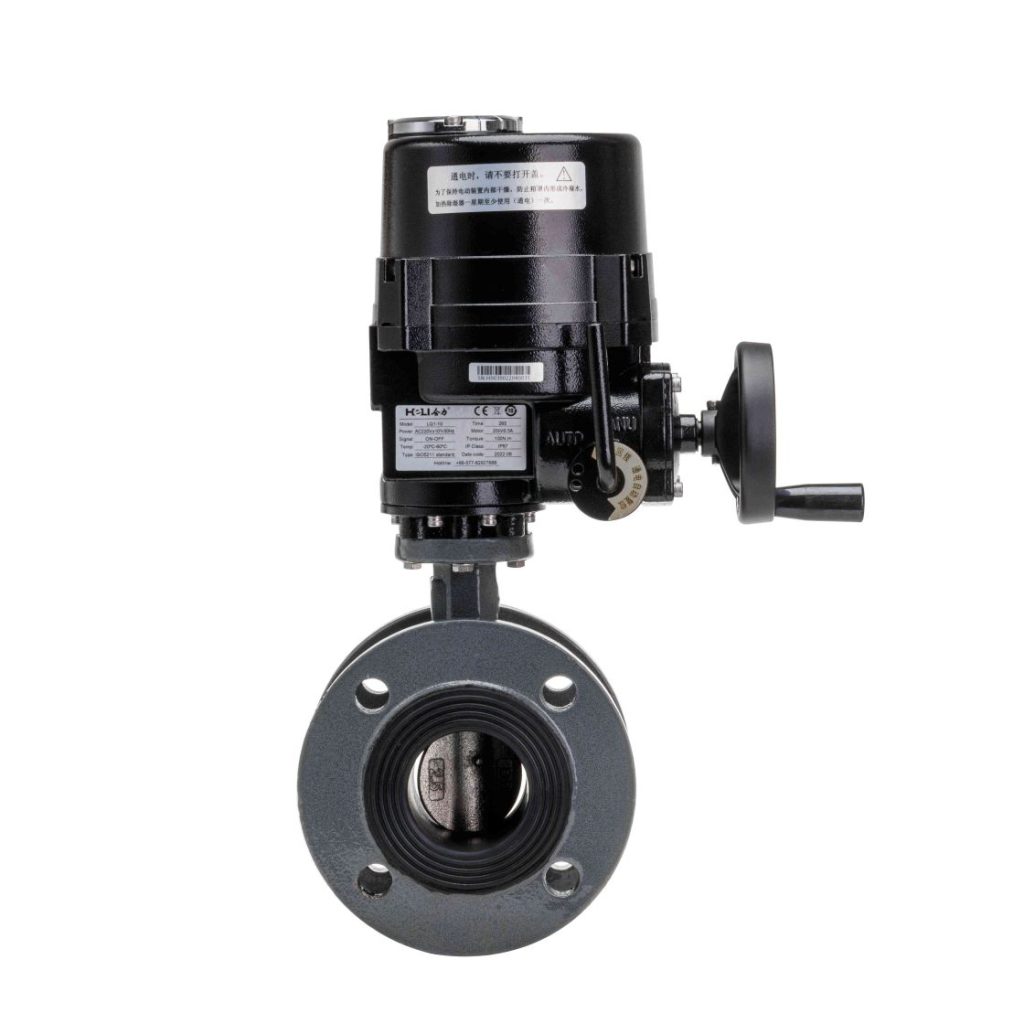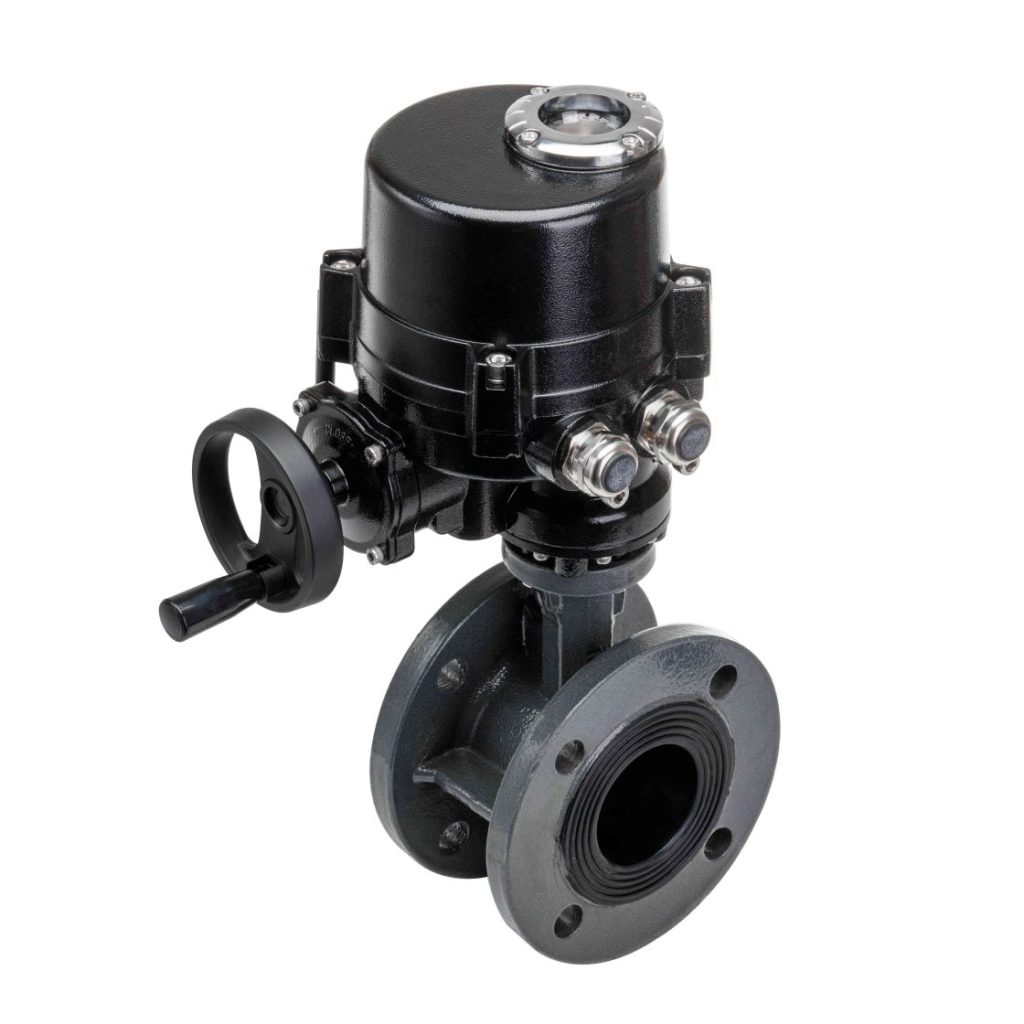In the world of industrial automation, precision, efficiency, and reliability are paramount. One component that plays a crucial role in achieving these objectives is the valve system. Among the various types of valves, the WCB Electric Ball Valve stands out as a popular and versatile choice for controlling the flow of liquids and gases in a wide range of applications. This article explores the WCB Electric Ball Valve, highlighting its features, benefits, and applications in modern industrial systems.

What is a WCB Electric Ball Valve?

A WCB Electric Ball Valve is a type of valve that uses an electric actuator to operate a ball valve, allowing precise control of fluid flow. The “WCB” in the name refers to the material of the valve body, which is typically made from WCB steel—a high-quality carbon steel often used in valve manufacturing for its strength and durability. The electric actuator is powered by electricity, which enables automatic and remote operation, making it ideal for integration with modern control systems such as SCADA or DCS. The ball valve itself is designed with a spherical ball that has a hole in the center. This ball is rotated inside the valve body to control the flow of fluids. When the hole is aligned with the pipe, the fluid can flow freely; when the hole is perpendicular to the pipe, the flow is blocked. The electric actuator ensures that the ball rotates to the desired position, offering precise and reliable control.
